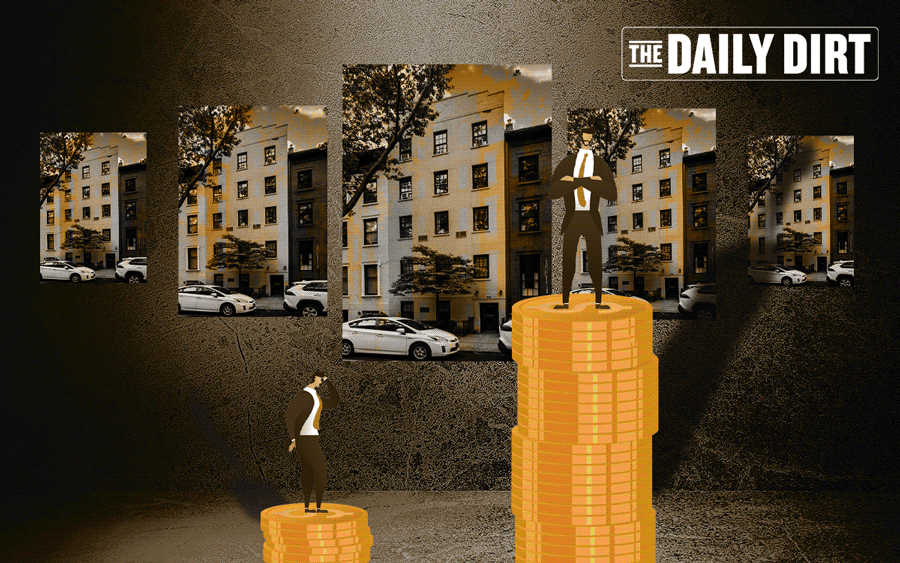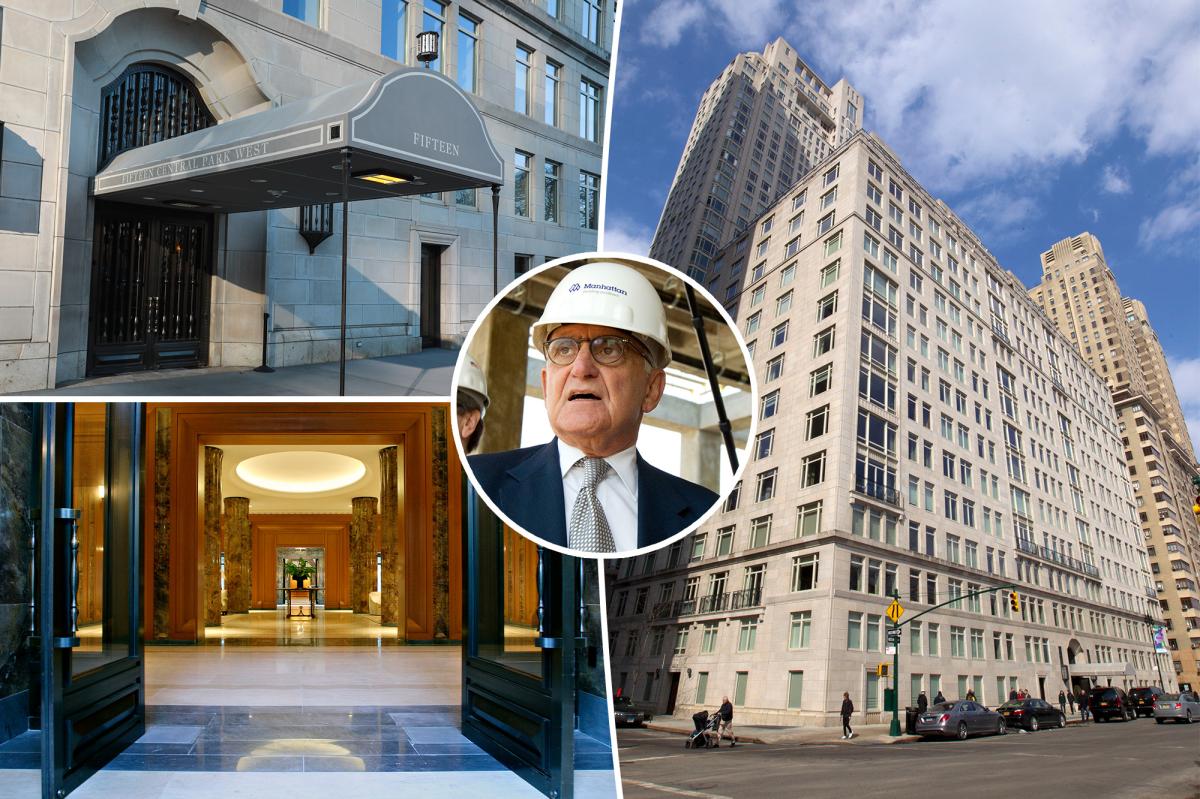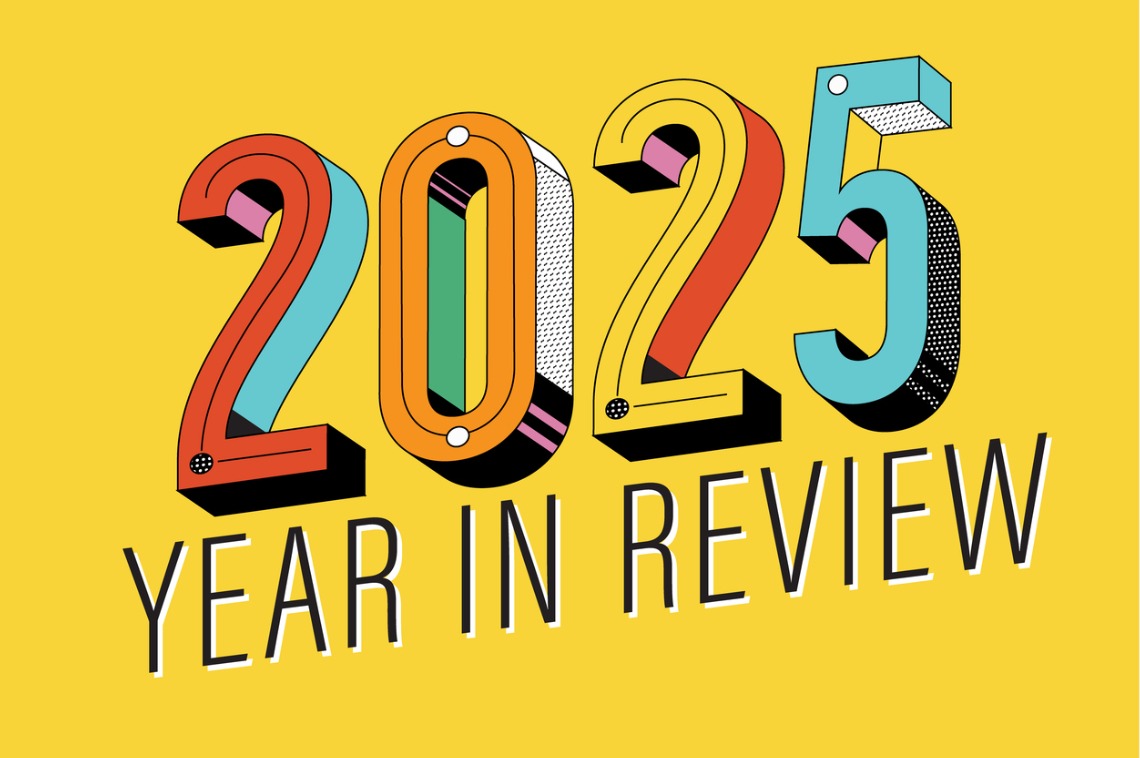D
evelopers in New York City are shifting their focus to single-family homes due to changing market conditions. According to a study by The City, from 2019 to 2023, the lowest-paid workers' pay rose 6 percent while the highest-paid workers' pay increased by 18 percent. This trend is reflected in the strategy of Brooklyn house-flippers Carlos Saavedra and Nicole Eckstrom, who have pivoted from condominiums to single-family homes.
Their first project was buying a row house on Madison Street for $1.3 million and converting it into four condos priced at $850,000 each. However, construction and financing costs eroded their margins, leading them to switch to single-family homes. These properties are more profitable due to lower construction costs and the growing wealth gap in New York City.
The income disparity between high-end buyers and others has led to a situation where large homes cost more per square foot than smaller ones. This is evident in Eckstrom's recent sale of a renovated single-family home at 170 Clinton Street for $14 million, which would have been less profitable if carved into four apartments.
Saavedra attributes their success to the math behind it, stating that they're not just lucky but are making informed decisions based on market trends. The wealth gap in New York City contributes to the housing shortage by making larger homes more attractive to developers and buyers alike. This raises questions about whether policymakers should focus on closing the wealth gap or incentivizing four-family projects to make them more competitive with mansion renovations.













